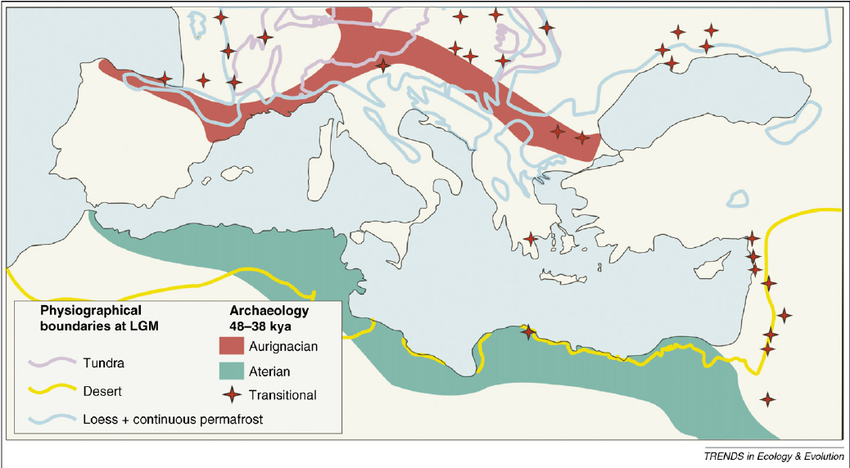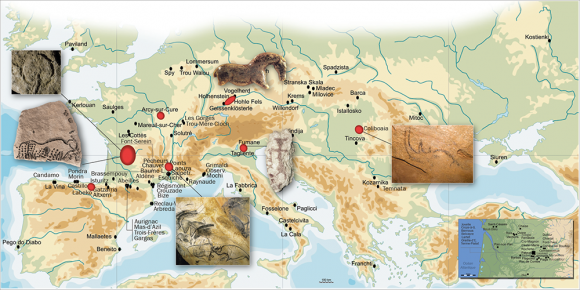
Aurignacian [awr-in-yey-shuh n] ExamplesWord Origin adjective
- of, belonging to, or typical of an Upper Paleolithic industry with characteristic stone and bone artifacts that is distributed from western France to eastern Europe and the Middle East.
Origin of Aurignacian First recorded in 1910–15; Aurignac + -ian Examples from the Web for aurignacian Historical Examples of aurignacian
I cannot here dwell at length on the triumphs of Aurignacian and Magdalenian artistry.
Various
But the interment is considered to be later, and of Aurignacian antiquity.
W. L. H. Duckworth
That work also helps to re-establish the Aurignacian horizon and period as distinctive.
W. L. H. Duckworth
The interment (for such it was) had taken place in the Aurignacian period.
W. L. H. Duckworth
An Aurignacian ‘loess’ station is that of Willendorf, Austria.
Henry Fairfield Osborn
British Dictionary definitions for aurignacian Aurignacian adjective
- of, relating to, or produced during a flint culture of the Upper Palaeolithic type characterized by the use of bone and antler tools, pins, awls, etc, and also by cave art and evidence of the beginnings of religion
Word Origin for Aurignacian C20: from French Aurignacien, after Aurignac, France, in the Pyrenees, near which is the cave where remains were discovered aurignacian in Science Aurignacian [ôr′ĭg-nā′shən, ôr′ēn-yā′-]
- Relating to an Upper Paleolithic culture in Europe between the Mousterian and Solutrean cultures, dating from around 32,000 to 25,000 years ago and characterized by flaked stone, bone, and antler tools such as scrapers, awls, and burins (engraving tools). Aurignacian culture is associated with Cro-Magnon populations and is especially noted for its well-developed art tradition, including engraved and sculpted animal forms and female figurines thought to be fertility objects. The earliest fully developed cave art, such as the painted animals in the Lascaux cave in southwest France, dates from this period.
 Liberal Dictionary English Dictionary
Liberal Dictionary English Dictionary



